Ranunculus, or buttercup flowers, are gaining popularity, especially among the youth. However, before planting and caring for these vibrant blooms, make sure to read through the following essential guide.
1 What is Ranunculus? Are Buttercup Flowers Poisonous?
Ranunculus, members of the buttercup family, boast bright, colorful petals that come in a variety of hues. They are a favorite during the Tet holiday, not only for their full, plump blossoms but also for their subtle, enchanting fragrance.
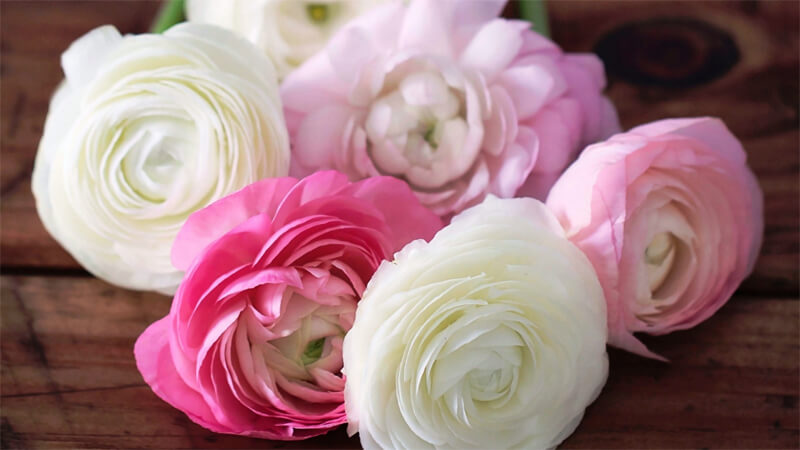 The vibrant and colorful buttercup flowers are toxic if ingested
The vibrant and colorful buttercup flowers are toxic if ingested
According to scientific research, all varieties of buttercup flowers are toxic if ingested. They contain Ranunculin, which can cause skin irritation and lead to symptoms such as abdominal pain, bloody diarrhea, and severe blistering in the mouth.
2 What Types of Ranunculus Are There?
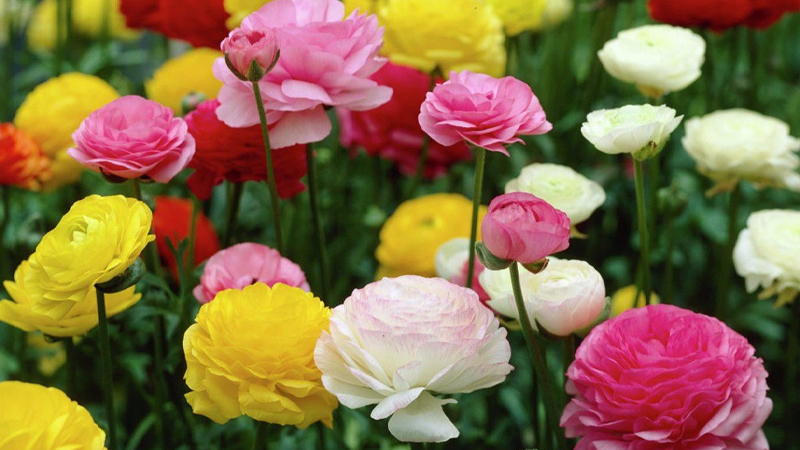 Ranunculus come in a diverse range of colors
Ranunculus come in a diverse range of colors
While Ranunculus flowers share a similar appearance, there are nearly 600 species with a diverse color palette, including yellow, white, purple, pink, and red. Some varieties even produce up to dozens of blossoms on a single stem.
3 The Meaning of Ranunculus
Ranunculus, or buttercup flowers, are cherished by the youth for their beauty, fragrance, and special symbolism. They represent radiant charm, grace, and allure, often used in grand events and formal occasions.
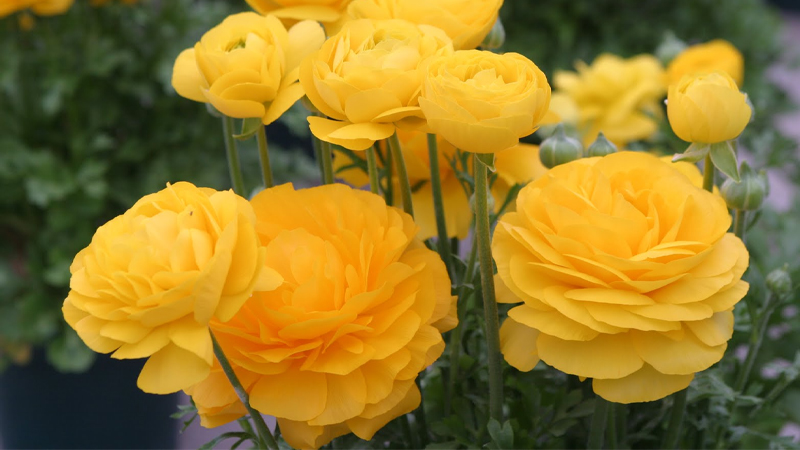 The captivating yellow buttercup flowers are a popular choice
The captivating yellow buttercup flowers are a popular choice
The enchanting allure of Ranunculus makes them a staple in weddings and anniversary celebrations, enhancing the charm and attraction between couples and their loved ones.
4 How to Plant and Care for Ranunculus
Planting Ranunculus
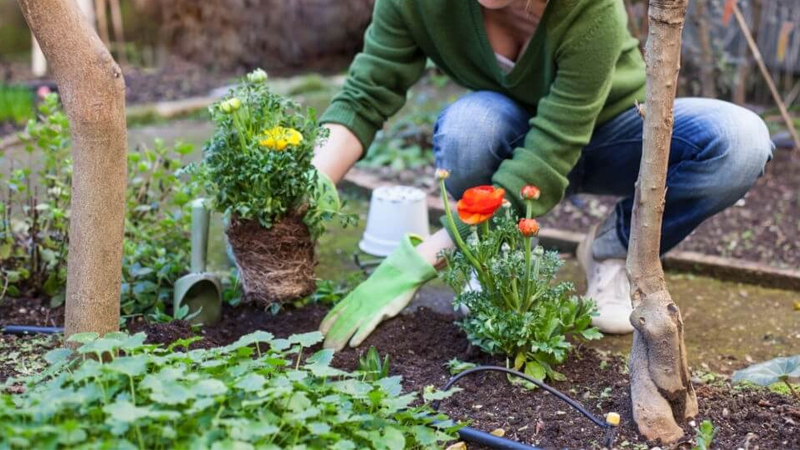 Soaking the tubers in moist soil is essential before planting Ranunculus
Soaking the tubers in moist soil is essential before planting Ranunculus
Soak the tubers in warm water for about 8 hours, then switch to a diluted Atonik solution for 15 minutes to prevent mold. Next, bury them in moist soil and water sparingly once every 3-5 days. When the seedlings reach a height of 4-5 cm, they can be transplanted into pots.
Important Pre-Planting Considerations
Choose a sunny location with moderate sunlight. Ensure the plants get adequate sunlight by exposing them for 3-4 days a week.
The ideal time to plant is during the cooler hours of the day. Moisten the soil before planting.
Use well-aerated soil, mixing in coconut fiber and rice husks in moderate amounts.
Planting Process
Once you have the tubers and cuttings ready, it’s time to plant your Ranunculus using a simple tuber-planting technique. This method ensures faster blooming, even growth, sturdier seedlings, and healthier plants compared to seed-planting.
Caring for Ranunculus
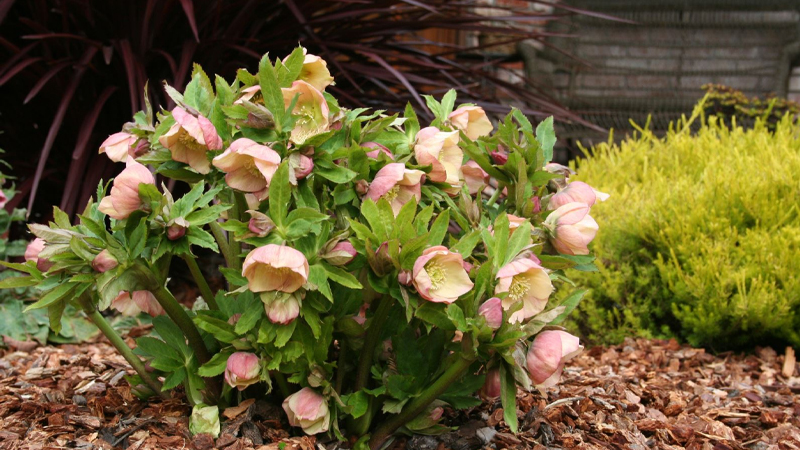 Ranunculus are easy to care for but require specific conditions
Ranunculus are easy to care for but require specific conditions
You can fertilize Ranunculus with various types of fertilizers, such as NPK, manure, or compost, ensuring you apply it close to the roots and 7-10 cm away from the stem.
Fertilize regularly every 2-4 weeks, adjusting the amount according to the plant’s needs.
Water the plants after fertilizing.
Use netting to shield the plants from intense sunlight during the hottest hours of the day (1-3 pm), or relocate the pots to a shaded area.
Spray preventive medicine periodically every 15 days until the buds start to form (after about 75-80 days of planting).
5 Where to Buy Ranunculus and at What Price?
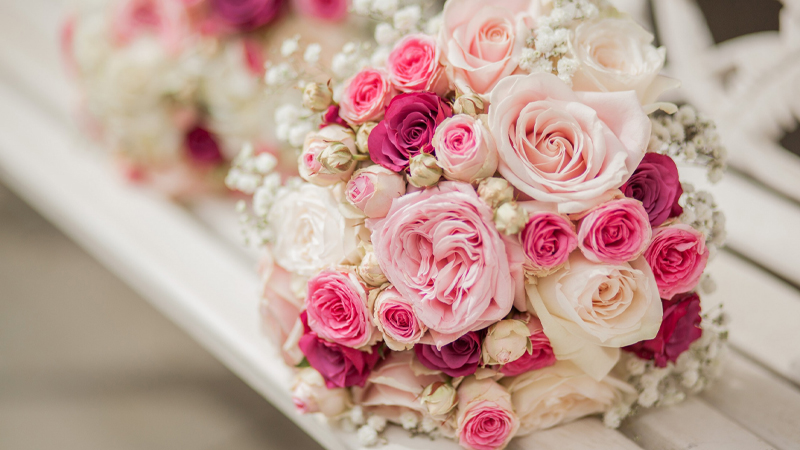 Ranunculus are readily available at flower shops and online
Ranunculus are readily available at flower shops and online
As Ranunculus gain popularity, they are becoming more accessible. You can find them at flower gardens in Hanoi or reputable local flower shops, especially in Ho Chi Minh City and Hanoi. Alternatively, online platforms like Shopee, Lazada, and flower shop websites offer a convenient way to purchase these beautiful blooms.
Now you have all the information you need about planting and the symbolism of Ranunculus. We hope you can grow these stunning flowers successfully and bring their beauty into your home!



































